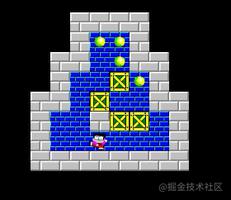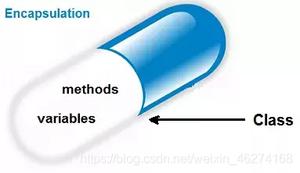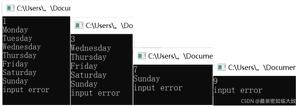C++利用链表写一个简单的栈实例详解
C++中其实有stack的模板类。功能更为强大。
自己写一个栈能让我们对栈这种数据结构更加熟悉。这个栈有一个不足之处就是里面存放的元素类型只能为int。
#include <iostream>
using namespace std;
class Stack
{
private:
struct Node
{
int data;
Node *next;
};
Node *head;
Node *p;
int length;
public:
Stack()
{
head = NULL;
length = 0;
}
void push(int n)//入栈
{
Node *q = new Node;
q->data = n;
if (head == NULL)
{
q->next = head;
head = q;
p = q;
}
else
{
q->next = p;
p = q;
}
length ++;
}
int pop()//出栈并且将出栈的元素返回
{
if (length <= 0)
{
abort();
}
Node *q;
int data;
q = p;
data = p->data;
p = p->next;
delete(q);
length --;
return data;
}
int size()//返回元素个数
{
return length;
}
int top()//返回栈顶元素
{
return p->data;
}
bool isEmpty()//判断栈是不是空的
{
if (length == 0)
{
return true;
}
else
{
return false;
}
}
void clear()//清空栈中的所有元素
{
if (length > 0)
{
pop();
}
}
};
int main()
{
//以下为测试代码
Stack s;
s.push(1);
s.push(2);
s.push(3);
while(!s.isEmpty())
{
cout<<s.pop()<<endl;
}
return 0;
}
对这段代码稍加修改,这个栈就能存放其他类型的元素
#include <iostream>
using namespace std;
template<class T>class Stack
{
private:
struct Node
{
T data;
Node *next;
};
Node *head;
Node *p;
int length;
public:
Stack()
{
head = NULL;
length = 0;
}
void push(T n)//入栈
{
Node *q = new Node;
q->data = n;
if (head == NULL)
{
q->next = head;
head = q;
p = q;
}
else
{
q->next = p;
p = q;
}
length ++;
}
T pop()//出栈并且将出栈的元素返回
{
if (length <= 0)
{
abort();
}
Node *q;
int data;
q = p;
data = p->data;
p = p->next;
delete(q);
length --;
return data;
}
int size()//返回元素个数
{
return length;
}
T top()//返回栈顶元素
{
return p->data;
}
bool isEmpty()//判断栈是不是空的
{
if (length == 0)
{
return true;
}
else
{
return false;
}
}
void clear()//清空栈中的所有元素
{
while(length > 0)
{
pop();
}
}
};
int main()
{
Stack<char> s;
s.push('a');
s.push('b');
s.push('c');
while(!s.isEmpty())
{
cout<<s.pop()<<endl;
}
return 0;
}
感谢阅读,希望能帮助到大家,谢谢大家对本站的支持!
以上是 C++利用链表写一个简单的栈实例详解 的全部内容, 来源链接: utcz.com/z/329485.html









